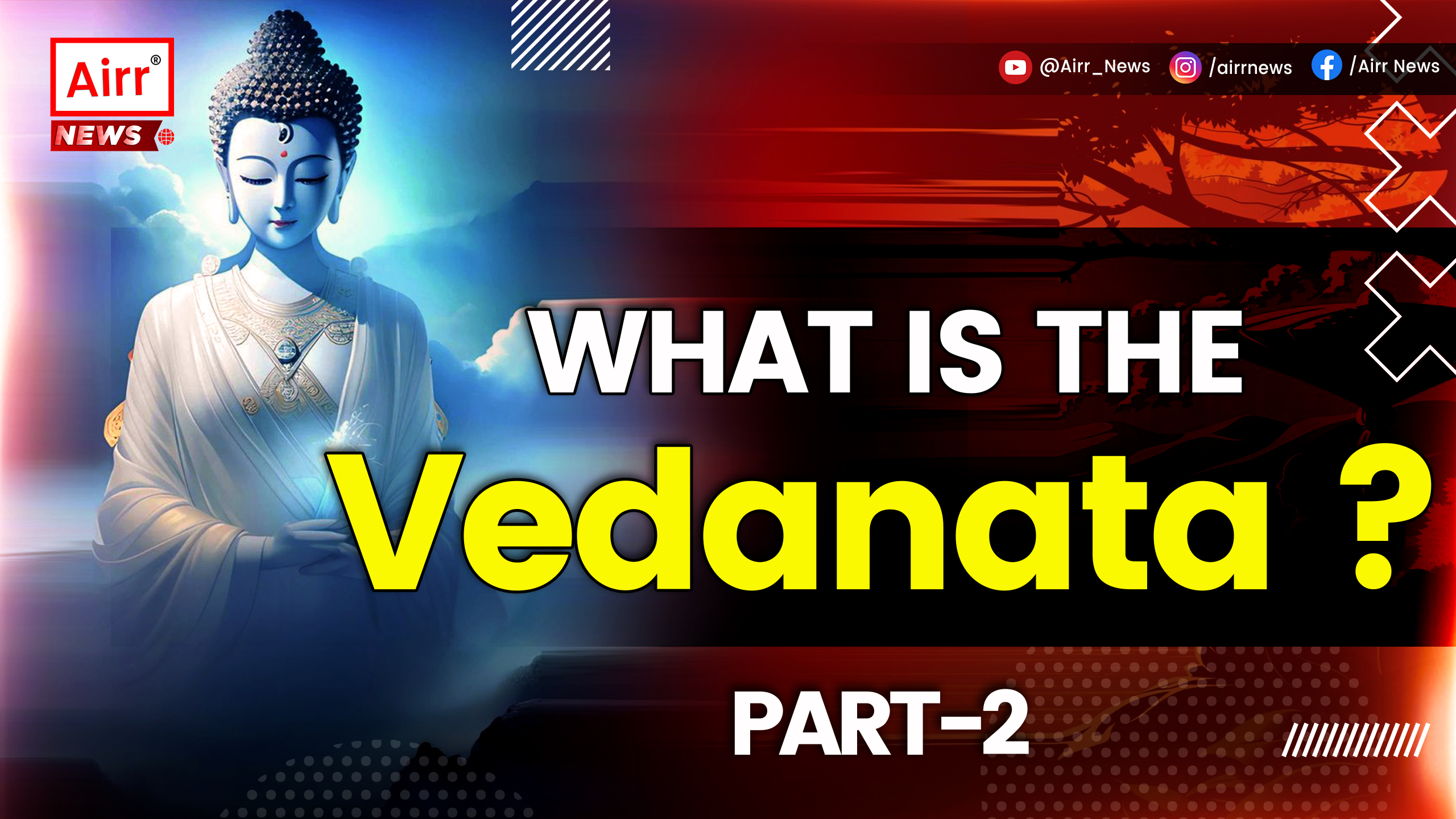The Vedanta philosophy, also known as the Upanishads, propagates the idea that the ultimate reality is uncreated and all-pervading.
What is the Vedanata? – Part Two – The Upanishads
The Upanishads are the cream of Vedic philosophy. It takes one near to the ultimate truth. In this episode, we will explore the deep philosophy of the Upanishads.
But first, please like the video and subscribe to our channel for more such content in the future. Push the bell icon to receive updates every time we upload a video.
Please find the link to part one in the description.
The Vedanta philosophy, also known as the Upanishads, propagates the idea that the ultimate reality is uncreated and all-pervading.
Since the Upanishads form the concluding portion of the Vedas, it is also referred to as the Vedanta. What does the word Vedanta mean? Vedanta is a Sanskrit word derived from two words, “Veda” and “Anta.” The Sanskrit term, “Vedasya Antah” could mean two things: the concluding portion of the Vedas and the meaning or purpose of the Vedas. The concluding portions of the Vedas are the Upanishads and they contain the deep knowledge of the Vedas. One who realizes the Upanishads comes extremely close to realizing the ultimate reality.
The Upanishads are divided into principal and secondary Upanishads. There are 251 Upanishads, of which 108 are printed and ten are principal. The 10 principal Upanishads are Isha, Katha, Kena, Mundaka, Prashan, Mandukya, Chandogya, Tattiriya, Aitrareya and Brihadaranyaka.
The central point of the Upanishads be it principal or secondary, is to propagate the idea that there is an absolute consciousness which is the reason behind creation and destruction of the universes. The unknowable and all-pervading reality is referred to as the Brahman in the Upanishads. According to the Vedanta philosophy, the unknowable Brahman is present within all as the Atman. When a person realizes his Atman, he realizes the Brahman. In other words, to realize God is to become like God.
An article published on Mindvalley mentions the following:
“Atman is the true self beyond the identity of the ego. It’s who we are at our innermost core. It’s the life beneath the exterior facade; beneath the clothes, the family, the friends, the job, the hobbies, the memories, and the experiences.”
Another concept that can be found in almost all the Upanishads is “Aham Brahmasami.” The term means “I am Brahman.” A spiritual seeker on the path self-realization finally realizes that Atman and Brahman is one and the same thing.
The Upanishads expand a spiritual seeker’s awareness, getting him close to the ultimate reality. All things are inherently divine; however, the level of consciousness is heightened in a human being, which is why one who attains the human body must strive to realize the Brahman within him.
An article published on Hindu Website mentions the following:
“The Upanishads elevate our thoughts and expand our awareness. They not only represent the unity and oneness of the whole existence but also remind us of our unity and oneness with Brahman. Since we are divine beings who possess the spark of Brahman and represent his consciousness and beingness as his aspects, it becomes obligatory on our part to live up to the lofty vision they represent and elevate our consciousness into still greater heights.”
How did you find this information? Please mention this in the comments section. We would also like to know the kind of content you want to watch, and we will try to create it for you. For more news and updates, follow Airr News.

